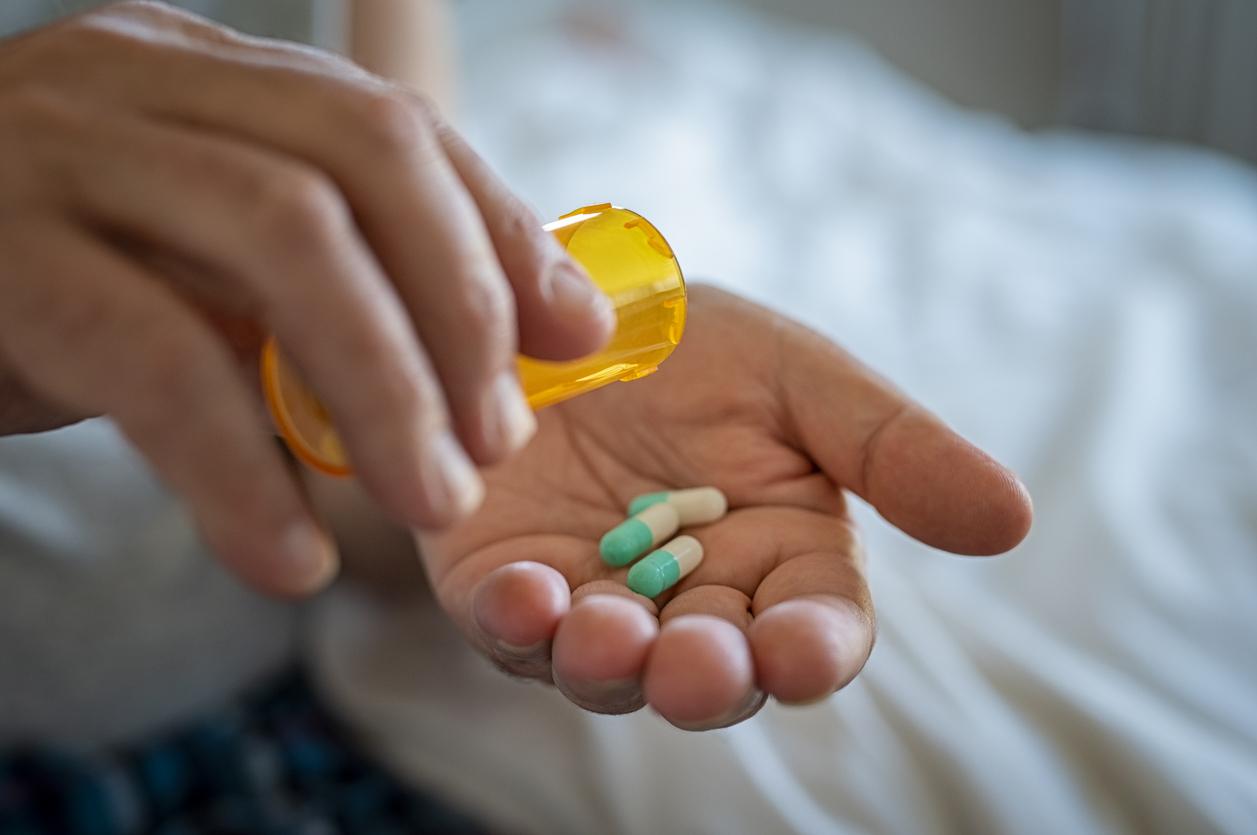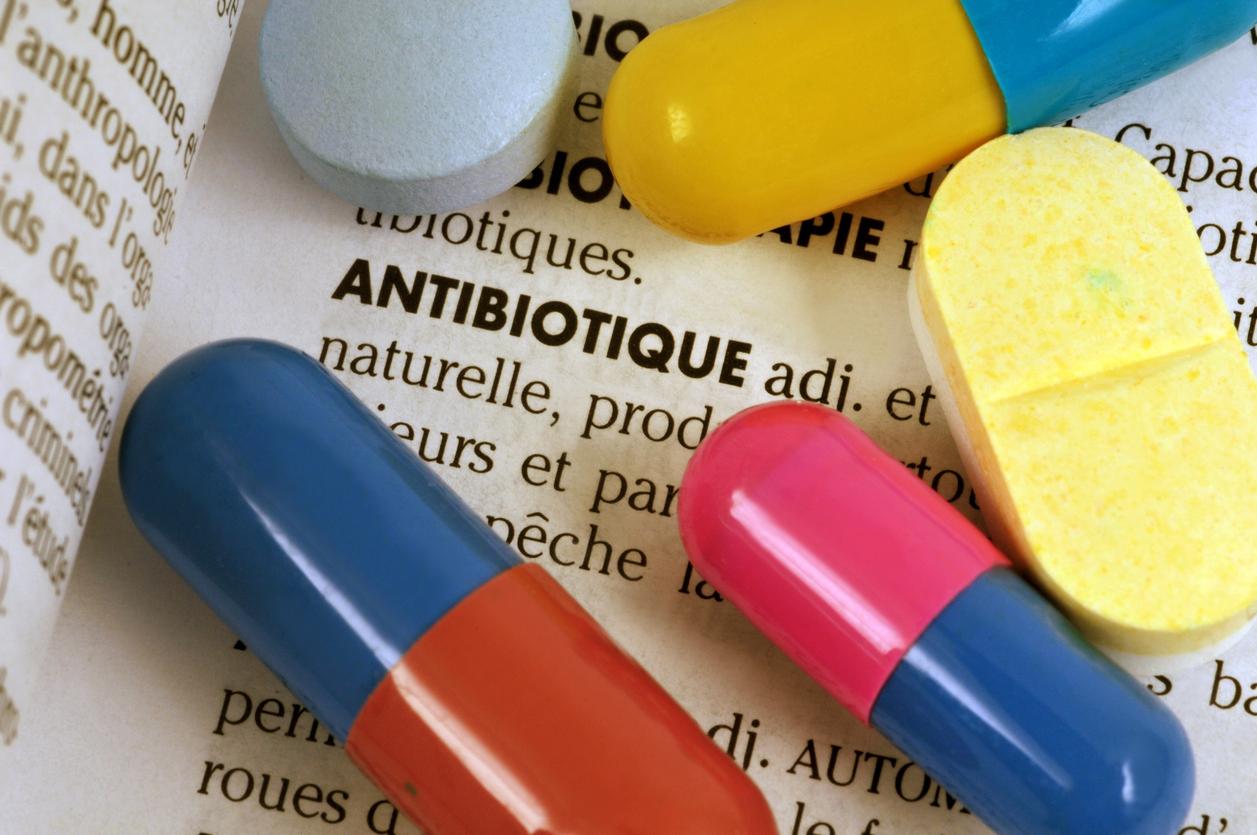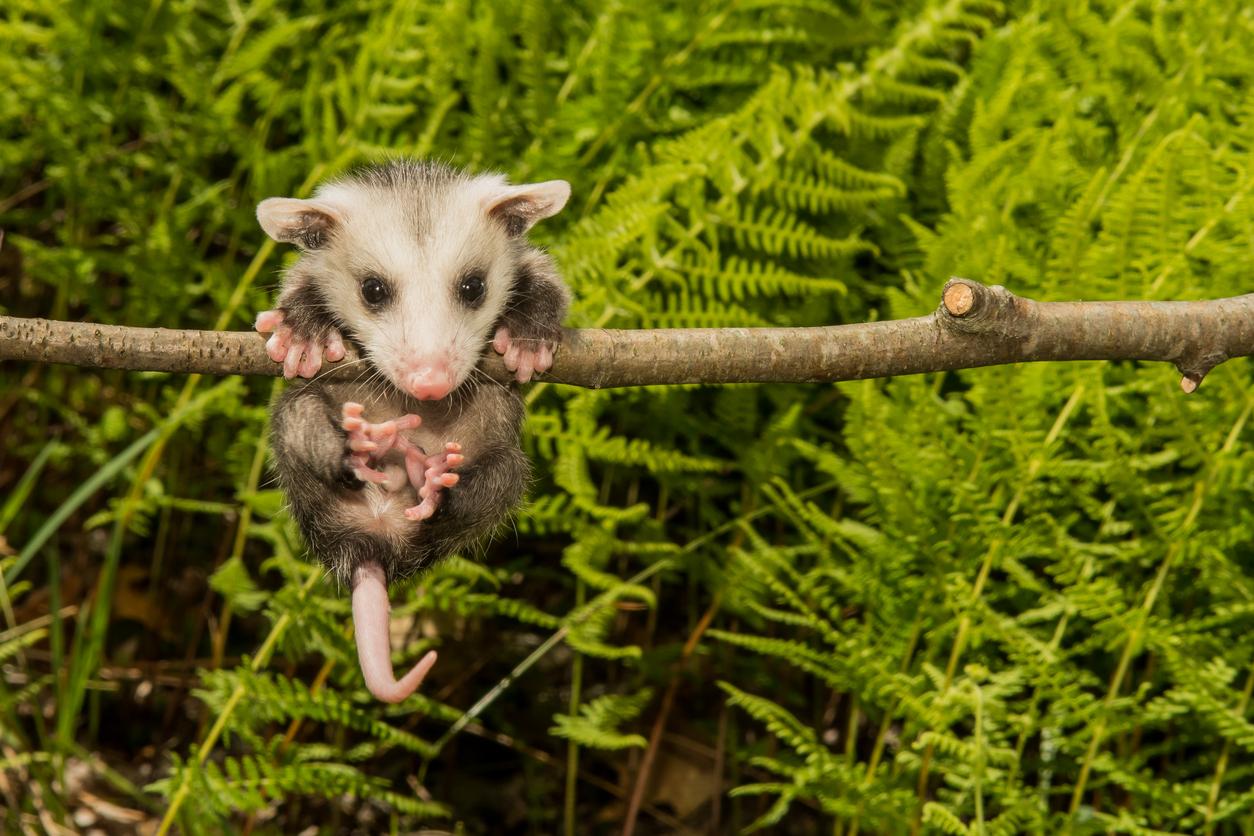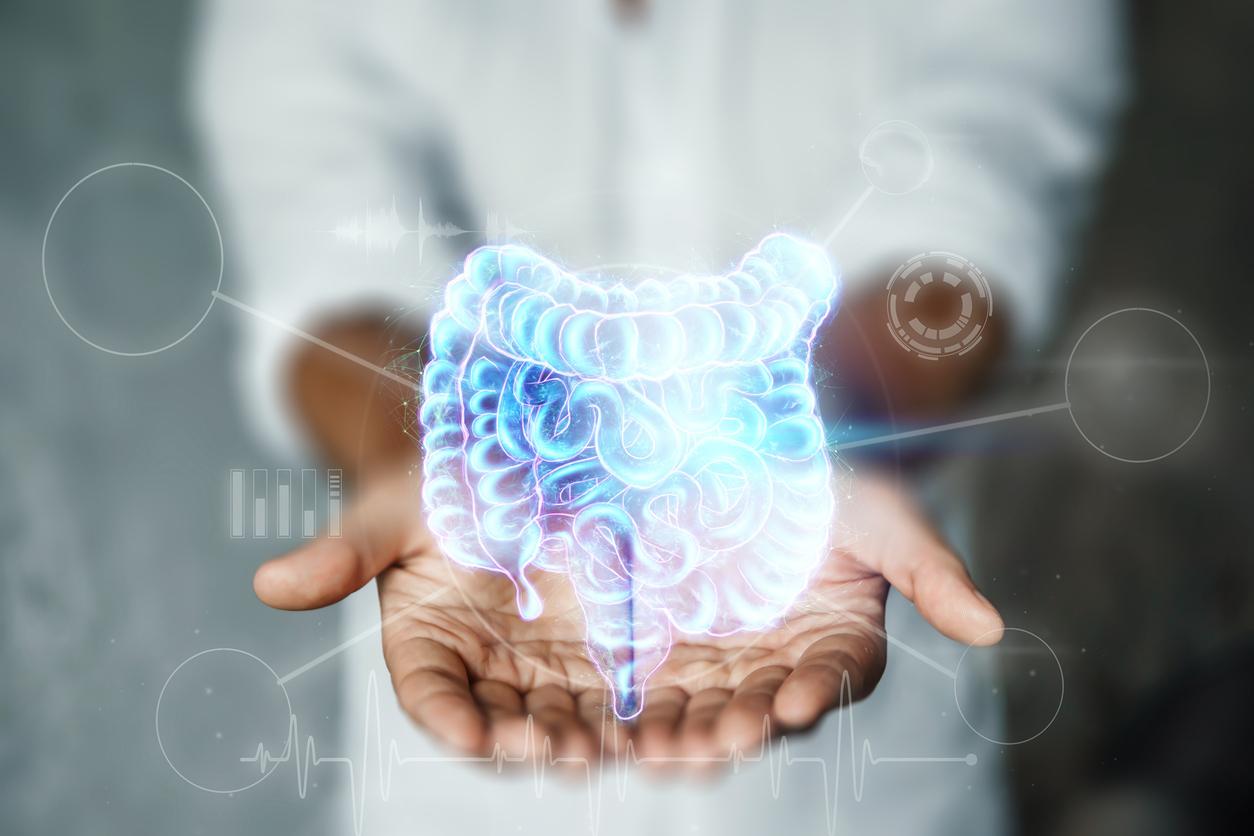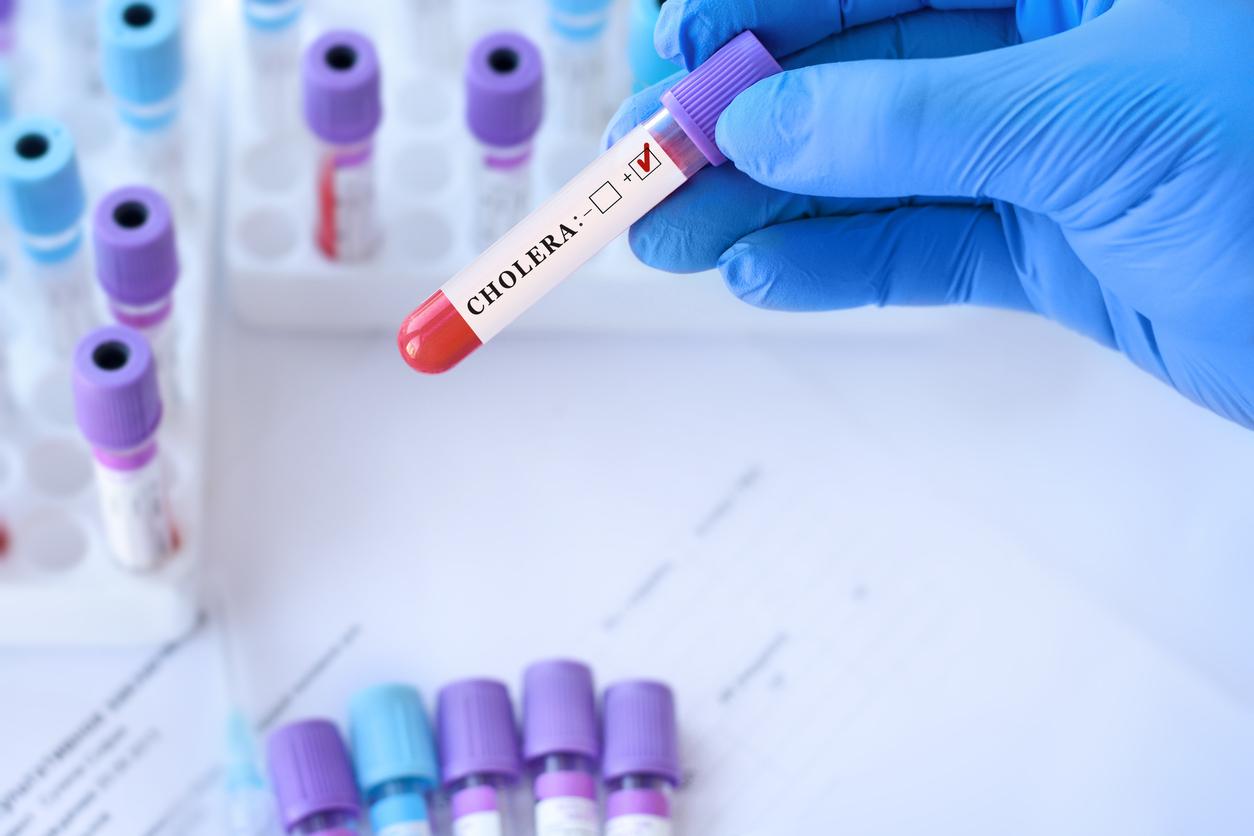Bacteria are able to exchange their antibiotic resistance gene thanks to their plasmid. If this information seems worrying, the consequences on public health are still unknown.

“It’s one of the biggest health threats we’ve identified.” Here is how Peter Beyer, of the essential medicines department of the World Health Organization (WHO), recently qualified antibiotic resistance. According to a study published in November 2018, 33,000 people are deceased in 2015 within the European Union, for lack of having received treatment against these bacteria on which antibiotics no longer have an effect. A new study, published in the journal PLOS Pathogens, adds to the fear of the WHO. The researchers discovered that in the dust, the bacteria cooperate and manage to exchange their resistance capacity.
Bacteria exchange their plasmids
It was a scientific team from the University of Illinois (USA) that carried out this study. The researchers assumed that resistant bacteria are found in the air, and specifically in indoor dust. They analyzed 166 dust samples from 43 different buildings. Thus, out of 183 antibiotic resistance genes identified, 52 were recognized as mobile. After genetic sequencing, the scientists found that these bacteria exchanged their plasmids, pieces of DNA that can be transmitted from cell to cell. A plasmid can contain a particular gene, such as that for antibiotic resistance, and this gene can then spread.
What are the consequences for everyone’s health?
While the phenomenon of urbanization is pushing us to spend more and more time inside buildings, this discovery suggests that they are veritable nests of resistant bacteria. These genes could thus be exchanged between the external environment and the human microbiome. Even if this news seems worrying, the current study does not make it possible to know what this really implies for global public health. According to the authors, other studies must be carried out in order to understand how these bacteria exchange their plasmids. This would make it possible to measure the consequences of these gene exchanges on the phenomenon of antibiotic resistance on a global scale, and perhaps to find a way to curb this phenomenon.
.











